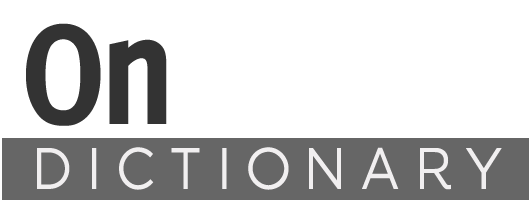neutral clef
[English]
A symbol located at the beginning of a musical staff used to indicate that none of the instruments reading the notation have a definite pitch. The instruments are primarily concerned with the rhythmic notation and not the indication of pitch. Composers, when writing for percussion instruments of indefinite pitch, use staves with one to five lines. Single line staves are labeled for a single percussion instrument and with multiple line staves, specific instruments are assigned to a line or space. This enables a variety of percussion instruments to be notated on the same staff. For instance, a drummer playing snare, cymbals, and bass drum simultaneously would see the rhythmic notation for each instrument on a separate line or space of the same staff.
There are also percussion instruments such as timbale, tom-tom, and temple blocks, that can produce multiple sounds. These sounds are perceived as having a higher or lower pitch, but not of a specific pitch or frequency. These instruments can use several lines of a staff to indicate higher or lower, but not a specific pitch. The neutral clef is also known as the percussion clef, the indefinite pitch clef, or the rhythm clef.
Example


See Also
[English] indefinite pitch clef[English] percussion clef
[English] rhythm clef
[French] clef neutre (f)
[French] clé neutre (f)
[German] Schlagzeugschlüssel (m)
[Italian] chiave neutra (f)
Share
Tweet
Last Updated: 2016-06-05 23:03:33

